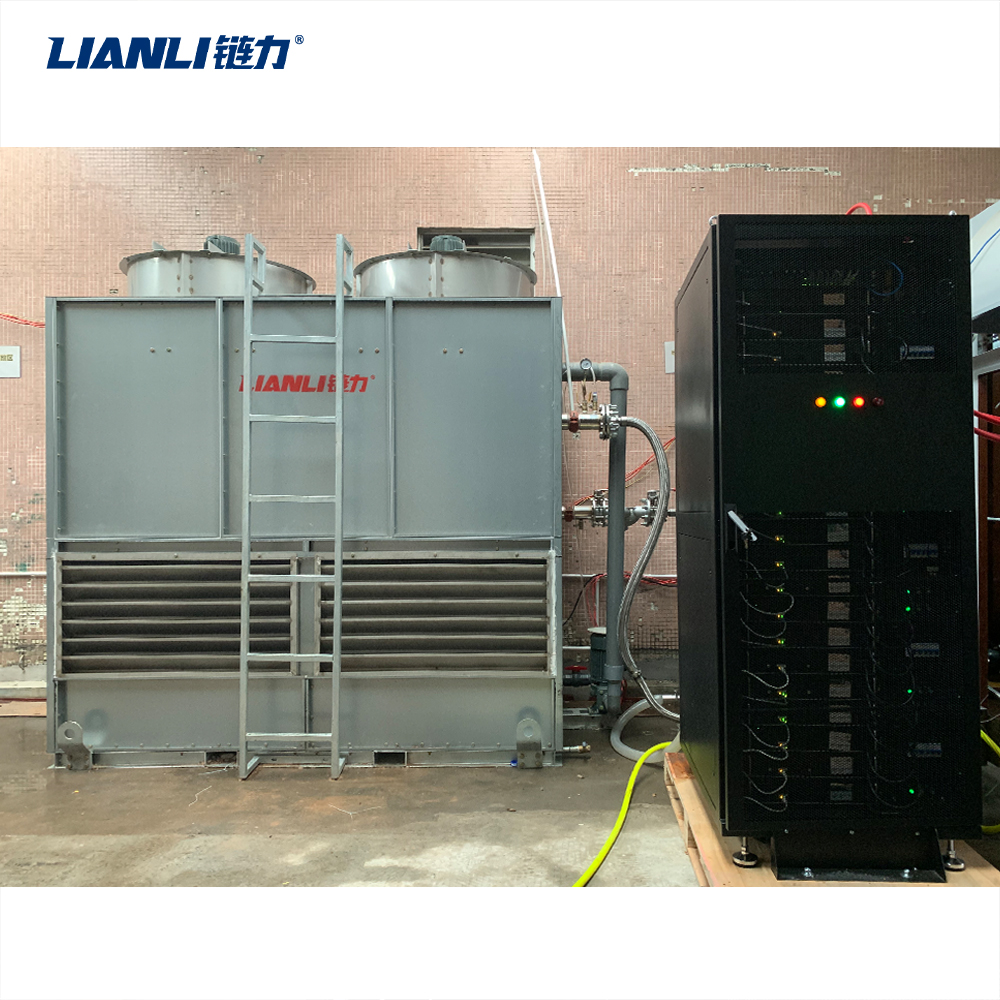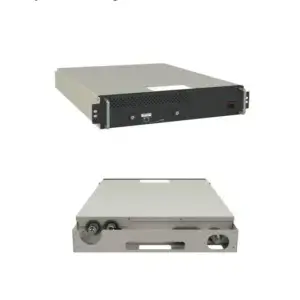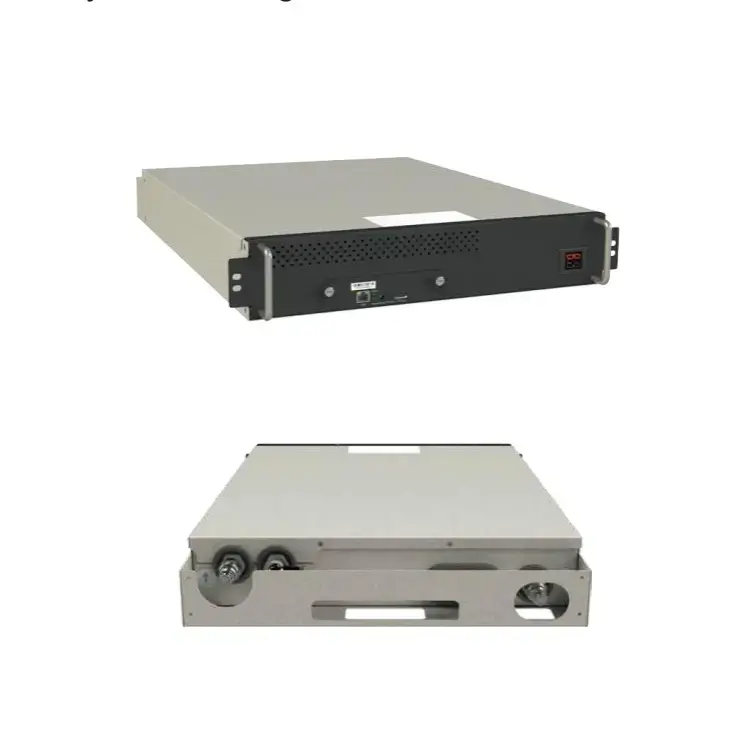Bitcoin mining is an energy-intensive process that generates tremendous heat. Without effective Bitcoin Miner Cooling, rigs can overheat—causing reduced hash rates, higher power consumption, and hardware damage.
To maintain performance and extend the lifespan of ASIC miners, cooling is essential. Today, three major technologies dominate mining farms worldwide:
-
Air Cooling Bitcoin Miners
-
Liquid (Hydro) Cooling Bitcoin Miners
-
Immersion Cooling
Each system offers unique advantages, challenges, and costs. This article explores how they work, their pros and cons, and which method fits different mining environments.
Why Cooling Matters in Bitcoin Mining
Bitcoin miners operate 24/7 under high electrical loads. Nearly all the energy they consume turns into heat. If this heat isn’t properly dissipated, internal temperatures rise beyond safe levels.
Overheating leads to:
-
Reduced efficiency: Power consumption per terahash (TH) increases as chip temperatures rise.
-
Performance throttling: ASICs automatically slow down to prevent damage.
-
Shortened lifespan: Heat stresses components and can cause permanent damage.
In practice, stable temperature control is key to achieving consistent hashrate, low maintenance, and optimal return on investment. For large mining operations, efficient cooling directly affects profitability.
1. Air Cooling Bitcoin Miners
How It Works
Air cooling is the traditional and most common method. Fans draw ambient air through heatsinks to carry heat away from ASIC chips. In a mining facility, powerful ventilation systems or ducting help exhaust hot air and bring in cooler intake air.
Advantages
-
Low setup cost: Most miners (like Bitmain’s Antminer S19 series) come air-cooled by default.
-
Simple installation: No special fluids, pumps, or plumbing needed.
-
Flexible deployment: Works in standard containers or warehouse environments.
Limitations
-
Noise: Air-cooled miners can exceed 90 dB, making them unsuitable for residential areas.
-
Dust and maintenance: Fans pull in dust, requiring regular cleaning.
-
Climate sensitivity: In hot or humid regions, air cooling loses effectiveness.
-
Energy loss: Fans consume extra power (about 5% of total energy use).
Air cooling is best suited for small-scale or budget-conscious operations, especially in cool climates. However, it struggles in dense mining setups or extreme heat.
2. Liquid (Hydro) Cooling Bitcoin Miners
How It Works
In liquid cooling, also known as hydro cooling, deionized water or a water-glycol mix circulates through cold plates or pipes in direct contact with ASIC chips. The liquid absorbs heat and carries it to an external radiator or chiller, where it’s dissipated before being recirculated.
Modern hydro systems—like Bitmain’s Antminer S21 Hydro or MicroBT’s M53 series—are designed specifically for closed-loop water cooling.
Advantages
-
Superior heat transfer: Water removes heat far more efficiently than air.
-
Stable performance: Maintains consistent operating temperature, preventing throttling.
-
Quiet operation: No noisy fans—ideal for high-density environments.
-
Higher density: More miners can fit per rack compared to air-cooled setups.
-
Energy-efficient: Less power wasted on fans or external air conditioning.
Limitations
-
Higher upfront cost: Requires pumps, tubing, cold plates, and chillers.
-
Maintenance needs: Must monitor coolant purity and prevent leaks.
-
Complex installation: Setup demands plumbing expertise and insulation in cold regions.
Despite the added complexity, Hydro Cooling Bitcoin Miner systems are becoming popular among large farms. The energy savings and improved uptime often justify the initial investment within months of operation.
3. Immersion Cooling
How It Works
Immersion Cooling submerges the entire miner in a dielectric (non-conductive) fluid. The coolant directly contacts every component, absorbing heat and circulating it to a heat exchanger.
Single-phase immersion uses liquid circulation, while advanced two-phase systems allow the coolant to vaporize and condense, further improving efficiency.
Advantages
-
Maximum cooling efficiency: Even heat distribution across all components.
-
Higher hashrate potential: Enables 20–40% overclocking safely.
-
Silent operation: No fans or airflow noise.
-
Dust-free environment: Hardware stays clean and sealed from debris.
-
Heat reuse potential: Waste heat can be redirected for heating buildings or greenhouses.
Limitations
-
High capital expense: Tanks, pumps, and dielectric fluids are costly.
-
Technical complexity: Requires fan removal, fluid handling, and professional installation.
-
Maintenance: Regular fluid filtration and monitoring are necessary.
While Immersion Cooling is expensive, it offers the best long-term efficiency and protection. It’s increasingly used in large-scale operations, especially in hot climates where air cooling is ineffective.

Real-World Adoption and Trends
Major mining companies are rapidly shifting to liquid-based systems:
-
Riot Platforms and Argo Blockchain have both built new Texas data centers using only immersion-cooled miners.
-
MicroBT and Bitmain now manufacture hydro and immersion-ready ASIC models (e.g., M53 Hydro, Antminer S21 XP Immersion).
-
In Abu Dhabi, Marathon Digital’s 250 MW facility operates fully under immersion cooling to withstand desert heat.
Meanwhile, smaller operators are adopting compact immersion tanks or liquid cooling kits to reduce noise and improve reliability. These setups—such as Lianli’s immersion systems—enable professional-grade cooling in smaller footprints.
Overall, Liquid Cooling Bitcoin Miners and immersion technology are transitioning from niche to mainstream as farms scale and efficiency pressures grow.
Choosing the Right Cooling Method
| Cooling Method | Ideal Use Case | Key Advantages | Main Drawbacks |
|---|---|---|---|
| Air Cooling | Small farms, cool climates | Simple, affordable | Noisy, less efficient |
| Hydro Cooling | Medium to large farms | Efficient, quiet, scalable | Higher setup cost, maintenance |
| Immersion Cooling | Large-scale, hot regions | Best performance, silent | Expensive, complex installation |
When choosing a cooling system, mining farm operators should evaluate:
-
Climate: Hotter areas benefit more from hydro or immersion systems.
-
Scale: Larger operations justify the investment in liquid cooling.
-
Budget and energy cost: Savings on electricity can offset higher capex.
-
Operational goals: Noise reduction, overclocking, or heat recovery may guide your decision.
Conclusion
The evolution of Bitcoin Miner Cooling reflects the mining industry’s push toward greater efficiency and sustainability.
-
Air cooling remains the entry-level choice—simple and low-cost but limited in performance.
-
Liquid (hydro) cooling provides a strong balance between efficiency and scalability.
-
Immersion cooling delivers unmatched thermal control for those ready to invest in high-performance infrastructure.
As energy costs rise and competition tightens, efficient cooling is no longer optional—it’s a strategic advantage. Mining operations that optimize their cooling systems will secure better uptime, reduced costs, and longer equipment life in an increasingly competitive market.
FAQ About Bitcoin Miner Cooling
FAQ 1: What is Bitcoin Miner Cooling and why is it important?
Bitcoin Miner Cooling is the process of managing and removing excess heat generated by ASIC miners during operation. Effective cooling ensures stable hashrate, prevents overheating, extends hardware lifespan, and reduces overall energy waste—making it essential for maintaining mining efficiency and profitability.
FAQ 2: How does Liquid Cooling Bitcoin Miners improve efficiency?
Liquid Cooling Bitcoin Miners uses circulating coolant (typically water or a water-glycol mix) to absorb and remove heat directly from the ASIC chips. Because liquid transfers heat more efficiently than air, it keeps miners running at optimal temperatures, reduces fan power usage, and allows safe overclocking for higher hashrates.
FAQ 3: What are the pros and cons of Air Cooling Bitcoin Miners?
Air Cooling Bitcoin Miners is the most common and affordable method, using fans to blow ambient air across heatsinks. It’s simple and easy to deploy but can be noisy, less efficient in hot climates, and prone to dust buildup. While ideal for smaller operations, large farms often upgrade to liquid or immersion systems for better efficiency.
FAQ 4: How does a Hydro Cooling Bitcoin Miner system work?
A Hydro Cooling Bitcoin Miner uses a closed-loop water circulation system to move heat away from ASIC components. The coolant flows through cold plates, absorbs heat, and releases it through an external radiator or chiller. This method delivers consistent cooling performance, minimal noise, and greater energy efficiency for large-scale mining farms.





